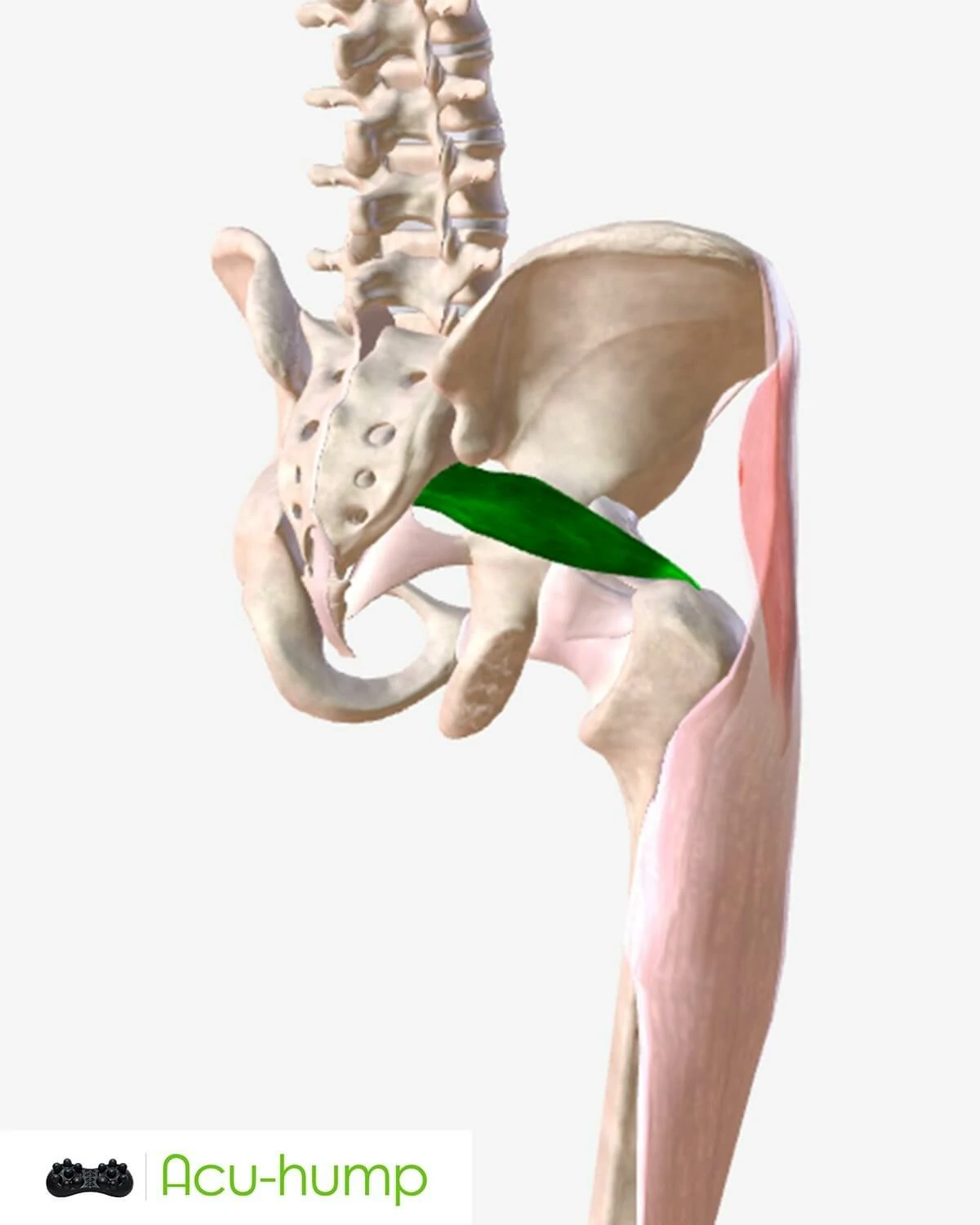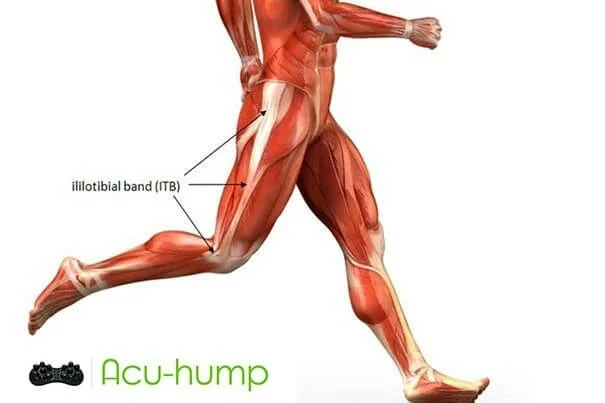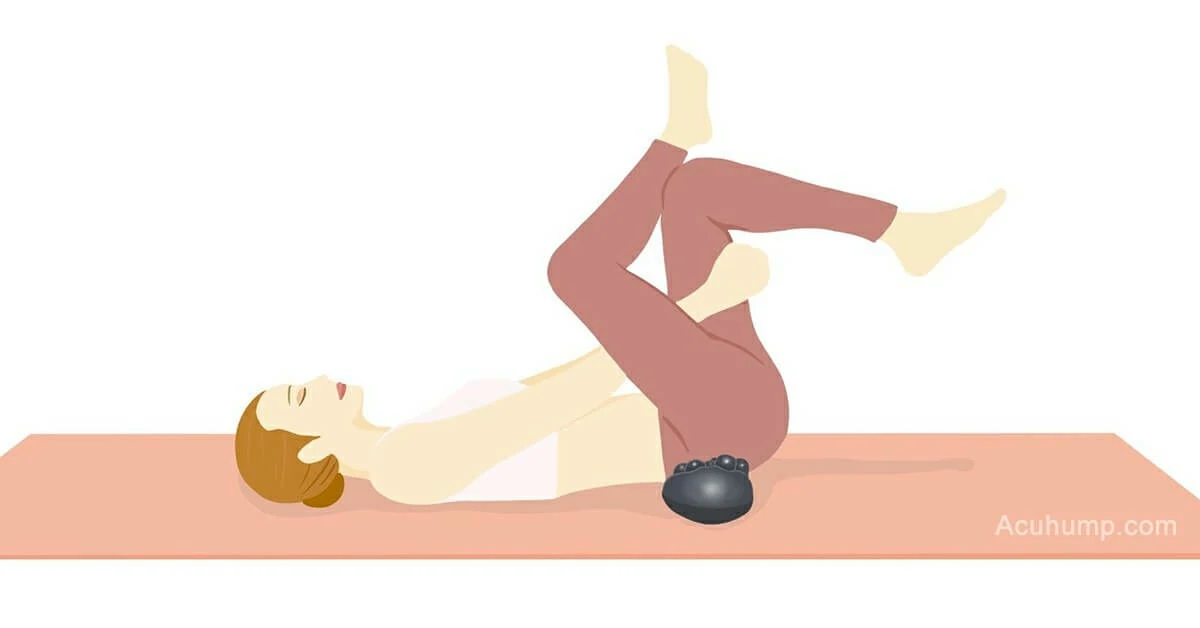The IT band and piriformis muscles are essential for athletes and active individuals, but they are also prone to pain and injury. Understanding how to manage and prevent this pain is critical for maintaining a healthy and active lifestyle. Common causes of IT band and piriformis pain include overuse, poor training techniques, and weak or tight muscles.
IT Band and Piriformis Pain
The IT band, a dense tissue band extending along the outer thigh and connecting the hip to the knee, functions in tandem with the piriformis muscle. Situated deep within the buttocks, the piriformis muscle plays a crucial role in stabilizing the hip joint.
If experiencing discomfort like aching, burning, or sharp pain in the hip, buttocks, or thigh, it may be associated with issues related to the action of the piriformis muscle and the IT band. Contributing factors to IT band and piriformis pain often involve high-impact activities such as running and cycling. Understanding the correlation between these factors and the action of the piriformis muscle can aid in take care and minimize discomfort effectively.

Causes of IT Band and Piriformis Pain: Understanding the Factors Behind the Discomfort
There are several factors that can contribute to IT band and piriformis pain. One of the most common causes of IT band pain is overuse. This can occur when individuals engage in activities such as running, cycling, or hiking for extended periods without proper rest or recovery. Overuse can cause the IT band to become tight and inflamed, resulting in pain and discomfort.
Another common cause of IT band pain is poor running or cycling form. This can include overstriding, excessive hip drop or rotation, and poor footwear. These factors can place undue stress on the IT band, leading to pain and discomfort.

Piriformis pain, on the other hand, is often caused by muscle tightness or inflammation. This can be a result of overuse, poor training techniques, or sitting for extended periods. When the piriformis muscle becomes tight, it can compress the sciatic nerve, causing pain and discomfort in the buttocks and down the leg.
Other factors that can contribute to IT band and piriformis pain include weak glutes, muscle imbalances, and poor flexibility. These factors can place undue stress on the IT band and piriformis muscle, leading to pain and discomfort.
Understanding these factors and taking steps to address them can help prevent IT band and piriformis pain. Incorporating proper training techniques, rest and recovery, stretching and strengthening exercises, and using equipment such as an Acu-hump tool can all be effective in managing and preventing pain. It’s important to be mindful of one’s body and to consult with a healthcare professional if pain persists or worsens over time.
How to Manage IT Band and Piriformis Pain
Stretching the IT band and piriformis muscles regularly is an effective way to manage and prevent pain. When stretching, it’s important to start slowly and gradually increase the intensity of the stretch. One of the best stretches for the IT band is the seated IT band stretch, which can easily be done at home.

Acu-hump: Full refund policy. No risk for you.
Strengthening the glutes can also help alleviate pressure on the piriformis muscle and IT band. Simple exercises such as squats, lunges, and bridges can be done at home with minimal equipment. However, it’s important to use proper form and gradually increase intensity when performing these exercises.
Taking time off to rest and recover is essential for managing IT band and piriformis pain. This means reducing the overall intensity of workouts or even taking a break altogether. Ice and heat therapy can also be used to provide pain relief and reduce inflammation.
In more severe cases of IT band and piriformis pain, more aggressive treatment options may be necessary. This can include physical therapy, corticosteroid injections, and even surgery in extreme cases. It’s important to consult with a healthcare professional to determine the best course of action.
By incorporating these effective techniques for managing IT band and piriformis pain, individuals can experience significant relief from pain and prevent future injury. It’s important to listen to the body and never push through pain or discomfort. With proper management and prevention, individuals can maintain an active and healthy lifestyle free from IT band and piriformis pain.
Preventing IT Band and Piriformis Pain
Preventing IT band and piriformis pain requires proper training techniques and equipment. Wearing proper shoes and using appropriate equipment, such as an Acu-hump, can also help prevent injury. Listening to the body and taking time off to rest and recover is essential in preventing injury.

Acu-hump: 30-day return policy. No risk for you.
Using an Acu-hump Tool for Pain Relief
An Acu-hump is a massage stretcher designed to provide targeted massage and stretching to the piriformis muscle and IT band.

A simple technique for using an Acu-hump tool involves placing the device on a surface, such as the floor or a mat, and sitting on it with one glute. Slowly rolling back and forth can provide deep massage and release tension in the piriformis muscle and IT band. Additional yoga stretching, such as the seated IT band stretch, can also help alleviate pain and improve flexibility.
Proper management and prevention of IT band and piriformis pain is critical for maintaining an active and healthy lifestyle. Understanding the causes and symptoms of pain, as well as incorporating effective techniques such as stretching, strengthening, and using an Acu-hump tool, can help alleviate pain and prevent future injury. If pain persists, it is essential to consult with a healthcare professional for further advice and treatment.

Acu-hump: 30-day return policy.
You have no risk.
